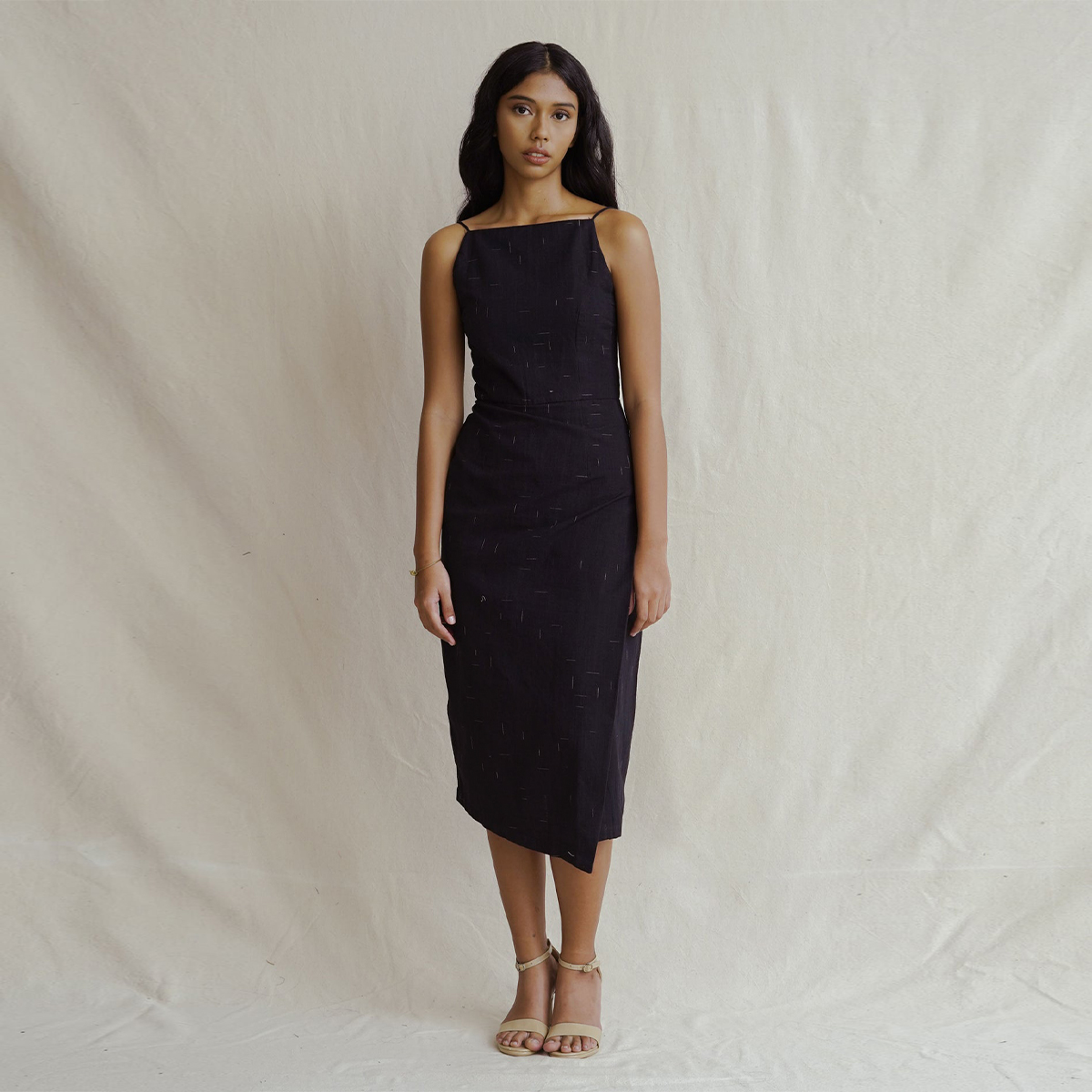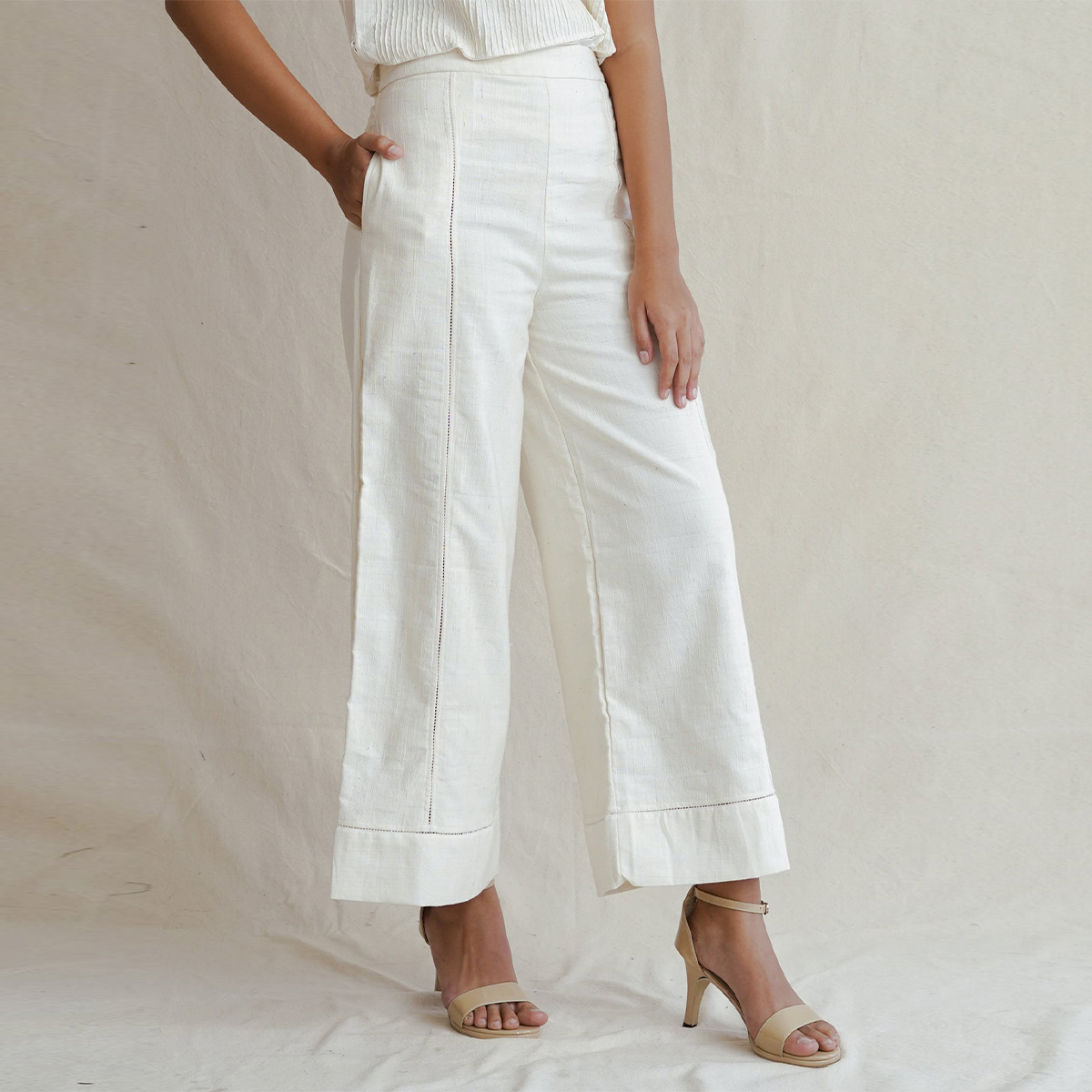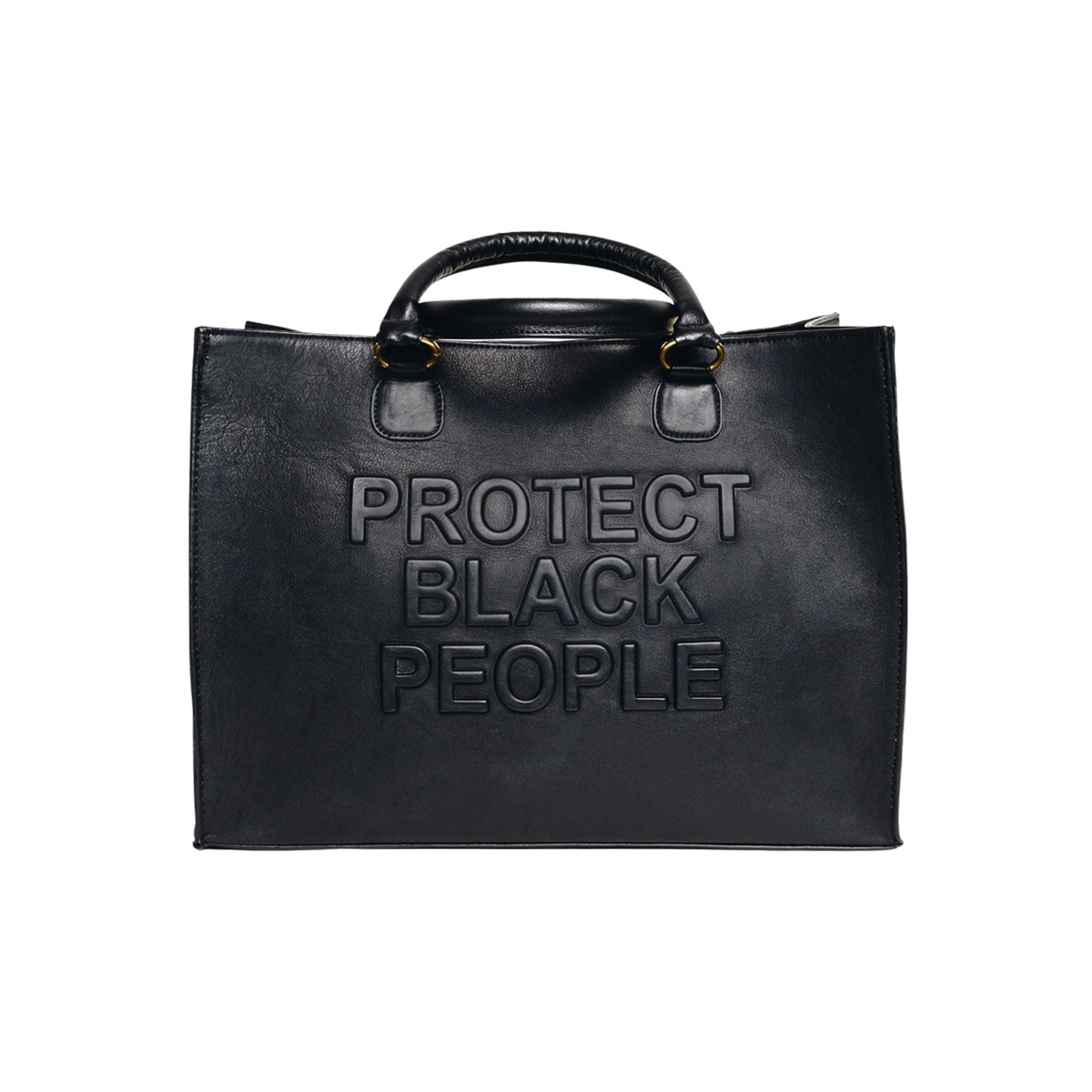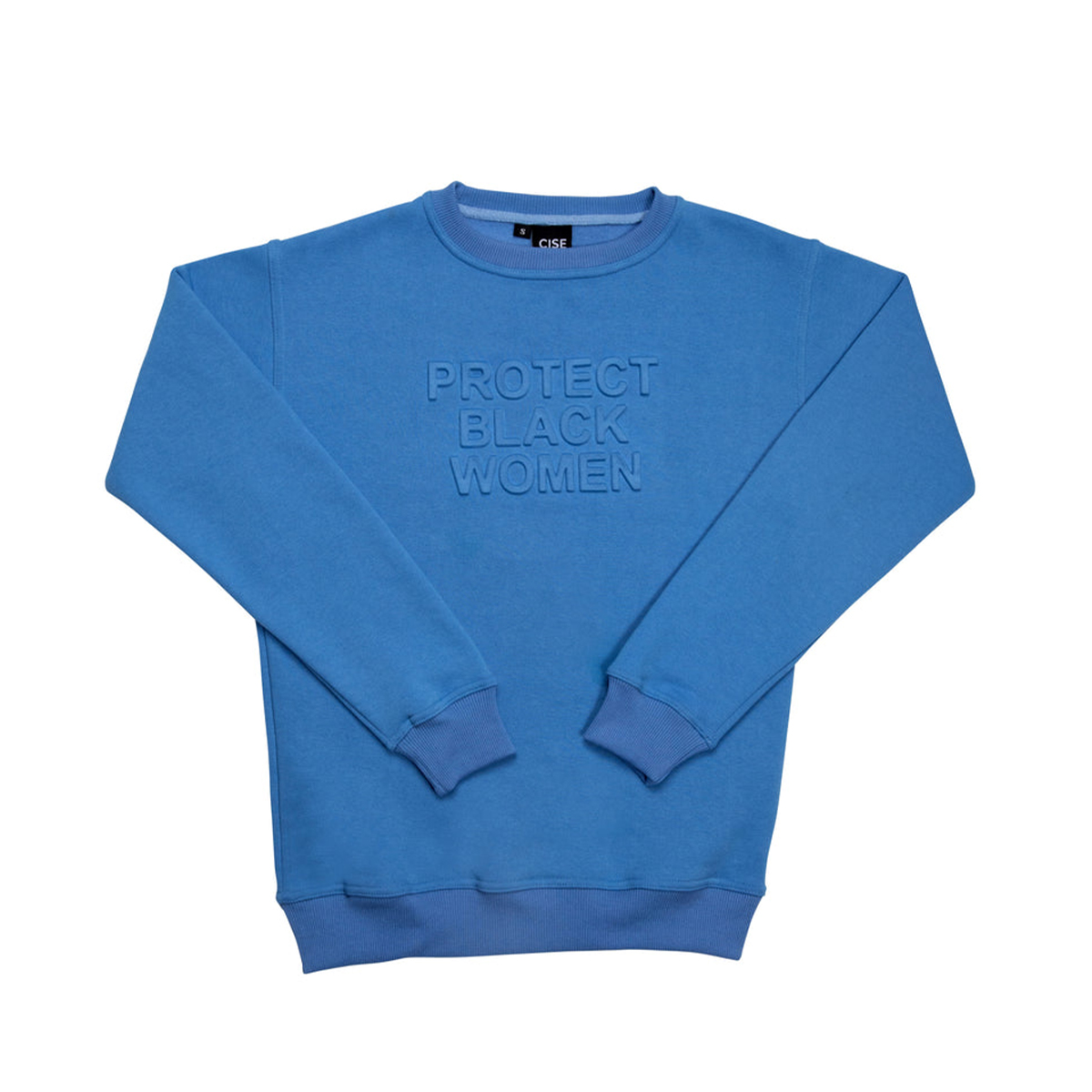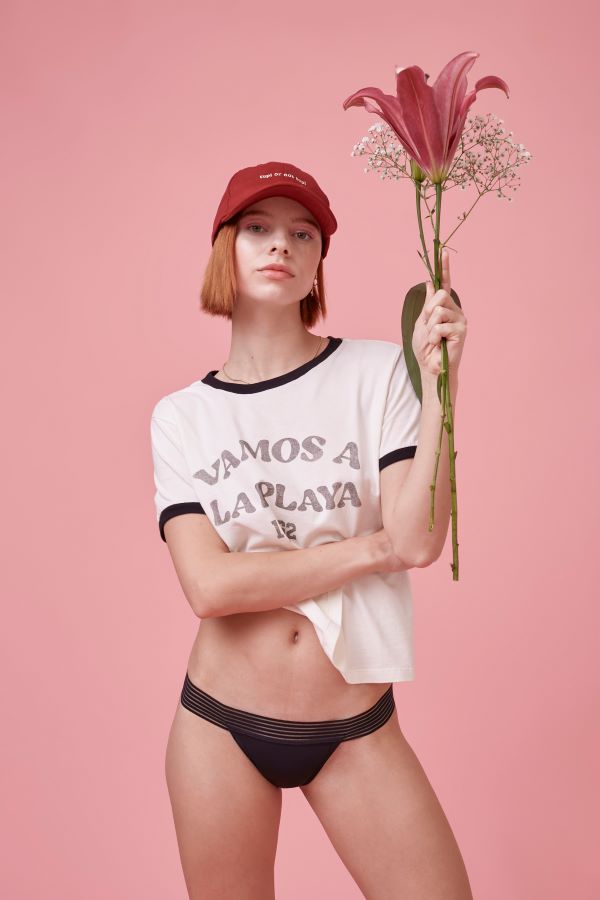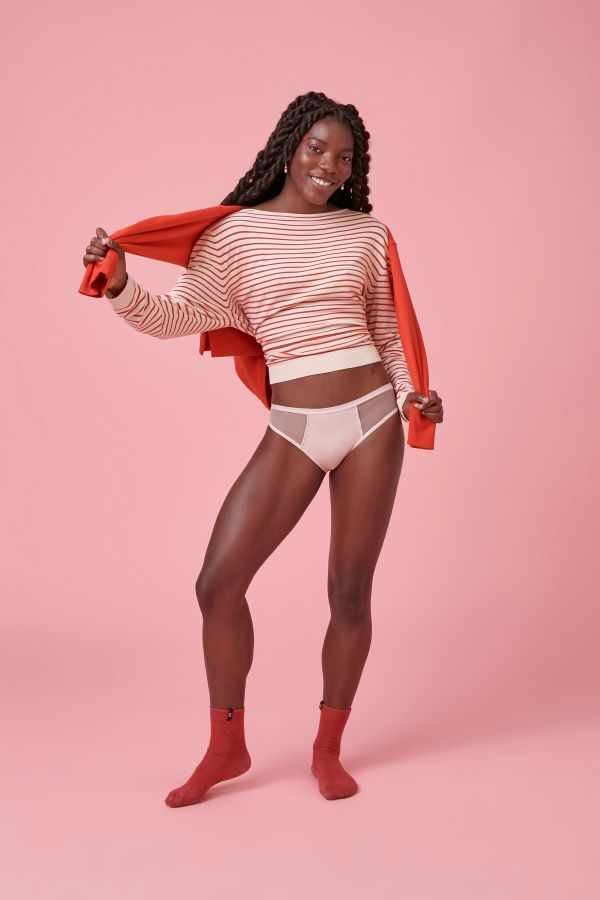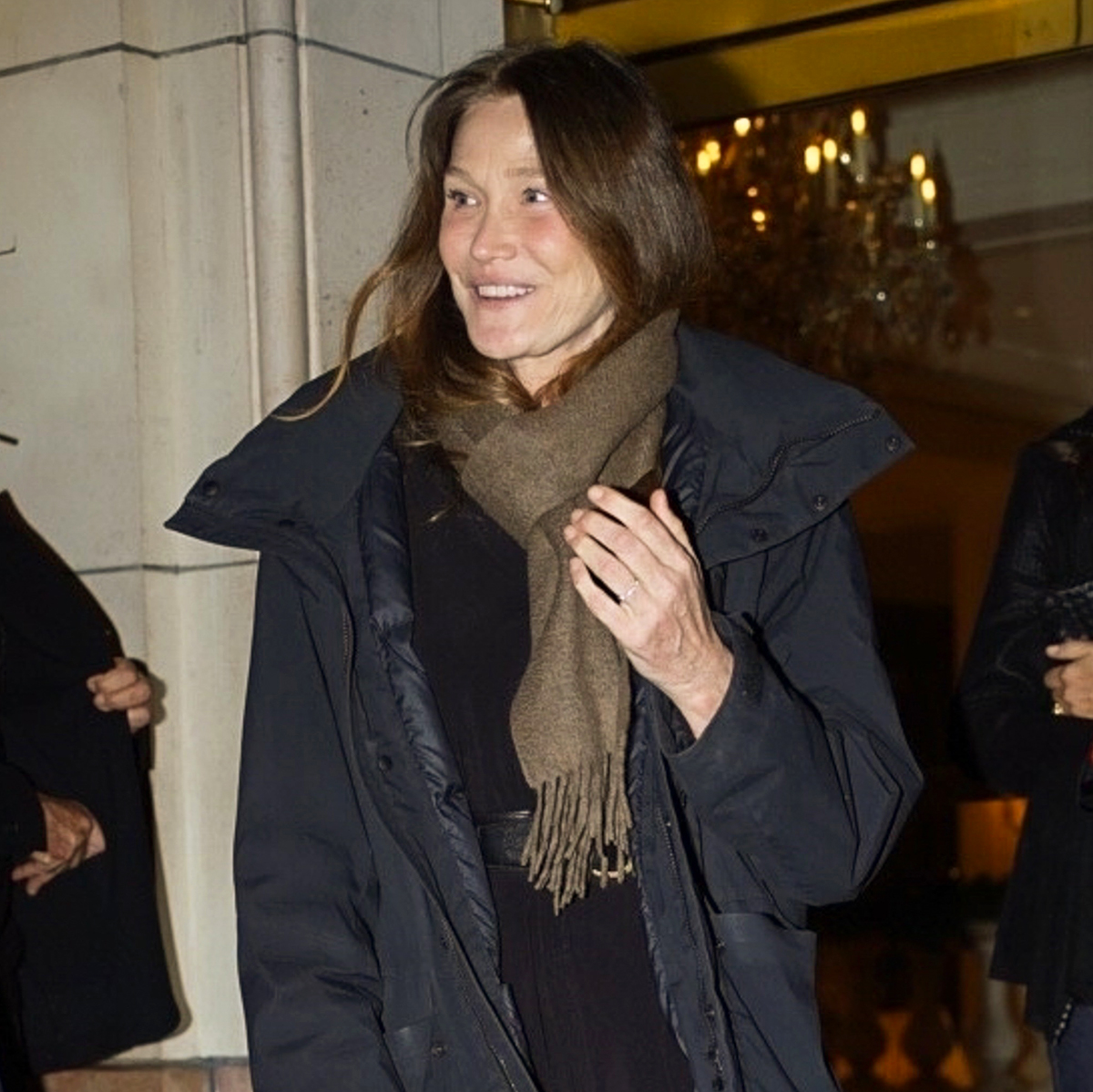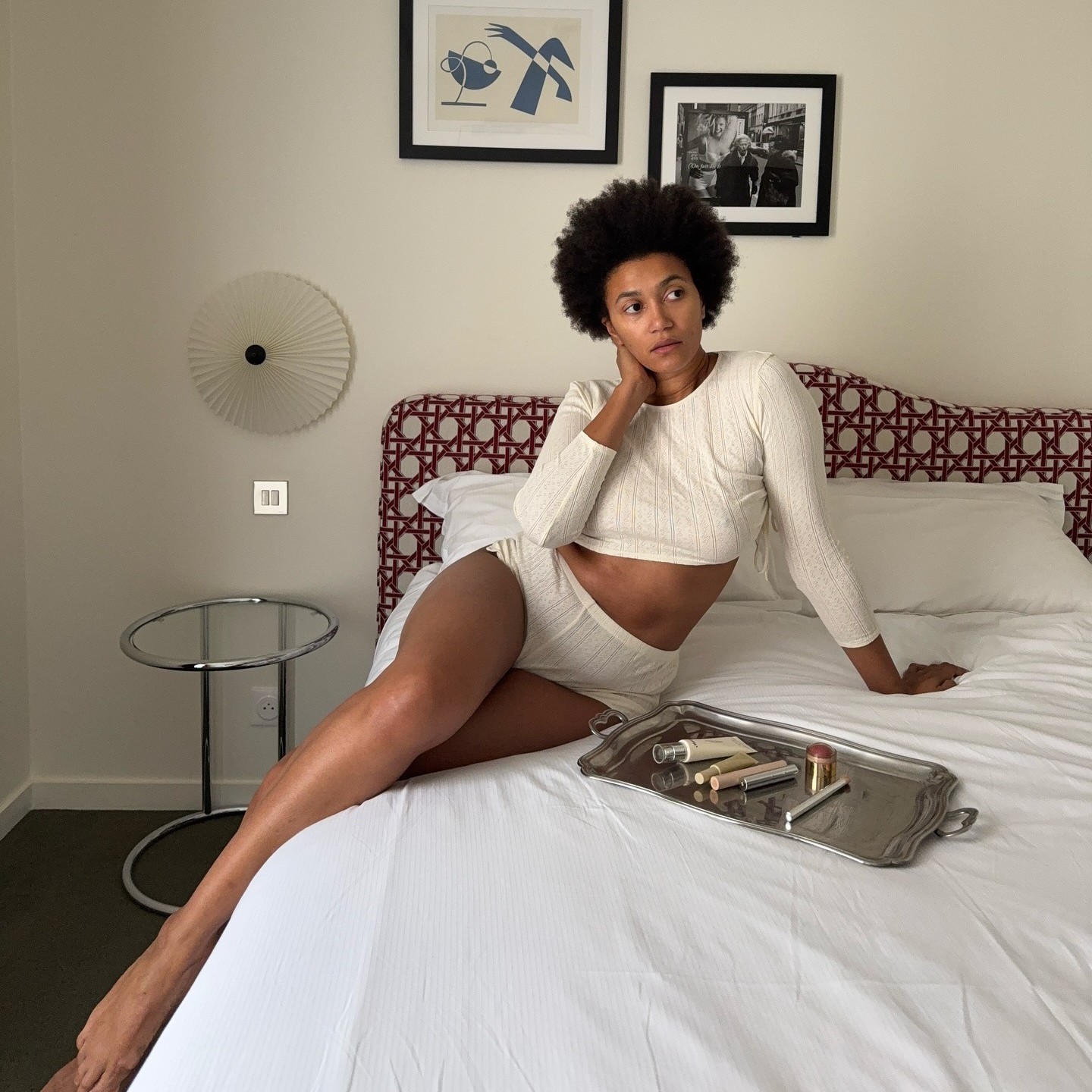Cartier Is Empowering These Fashion Entrepreneurs Who Are Making a Difference

At the Who What Wear offices, it's no secret we're forever fans of Cartier. While the heritage luxury brand may be best known for its iconic watches and exquisite jewelry, it also has a long-standing track record of giving back. Notably, the Cartier Women's Initiative is a program that awards financial capital and business mentorship to entrepreneurs around the globe. The initiative celebrated its 16th award ceremony this spring, and we were lucky enough to get to travel to Paris to witness the event honoring the 2023 winners.
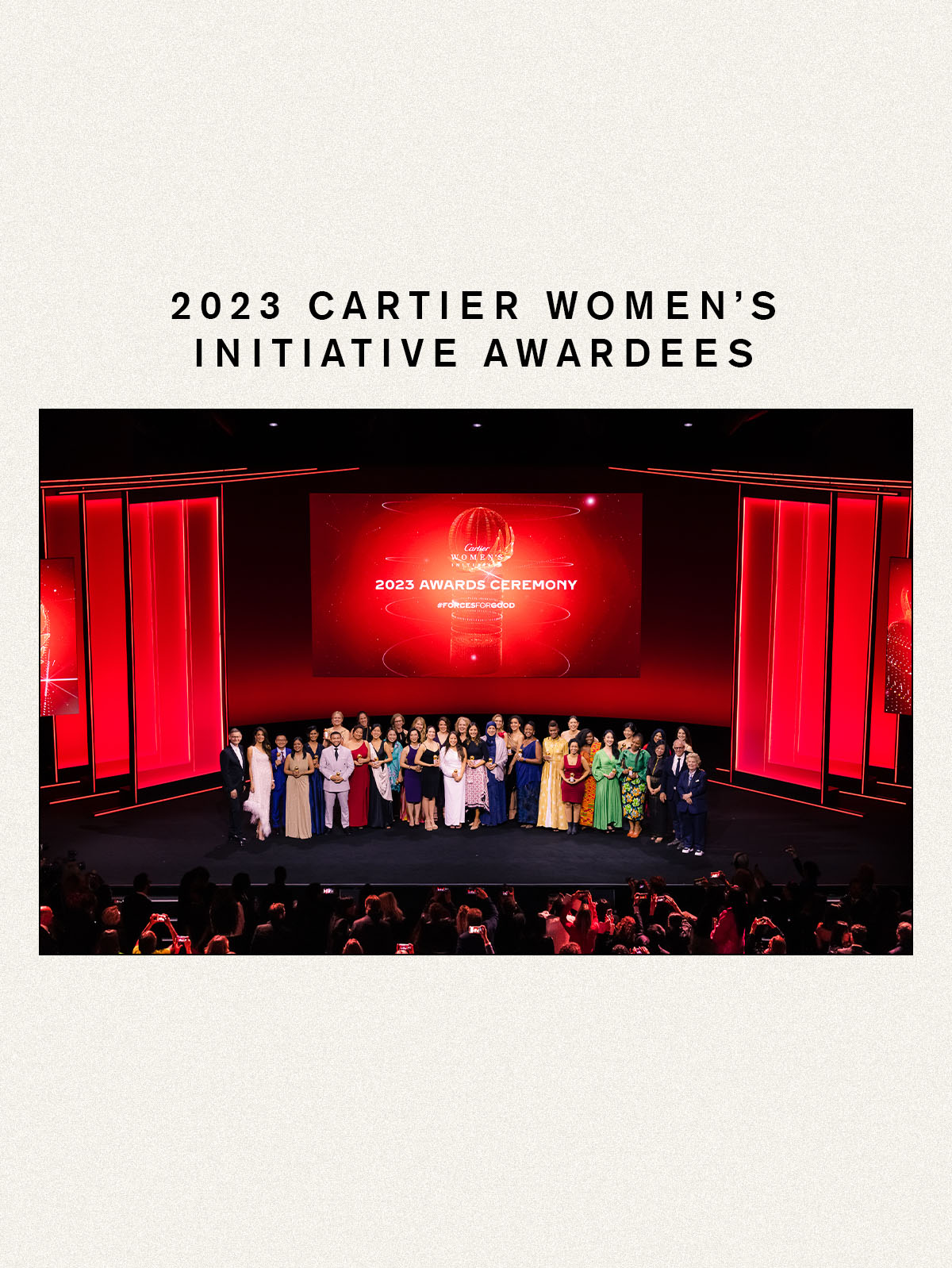
It was our third year getting to meet some of the award recipients, and each time, we were awestruck anew by the force of these women. One example is Charlot Magayi from Kenya. Magayi founded Mukuru Clean Stoves, a company selling clean, affordable cooking stoves. As an orphan who grew up in one of the biggest slums in Nairobi, she experienced firsthand the serious respiratory issues that can come from cooking over a flame daily. She set out to positively impact the health and financial well-being of underserved communities with her product, which has since reduced the household air pollution and household cooking costs of over a million people. Other businesses spanned sustainable agriculture, mental health, and education, but no matter the category, they all have a common thread of being a "force for good." That force is only increasing, with Cartier expanding to two new regional awards this year—Francophone Sub-Saharan Africa and Oceana—and adding a Diversity, Equity, and Inclusion award, which is open to all genders.
Naturally, we were especially curious about the fellows whose businesses are in the fashion sector. Ahead are our interviews with SukkhaCitta, Cise, and Pantys, three brands that are bringing much-needed change to the fashion industry.
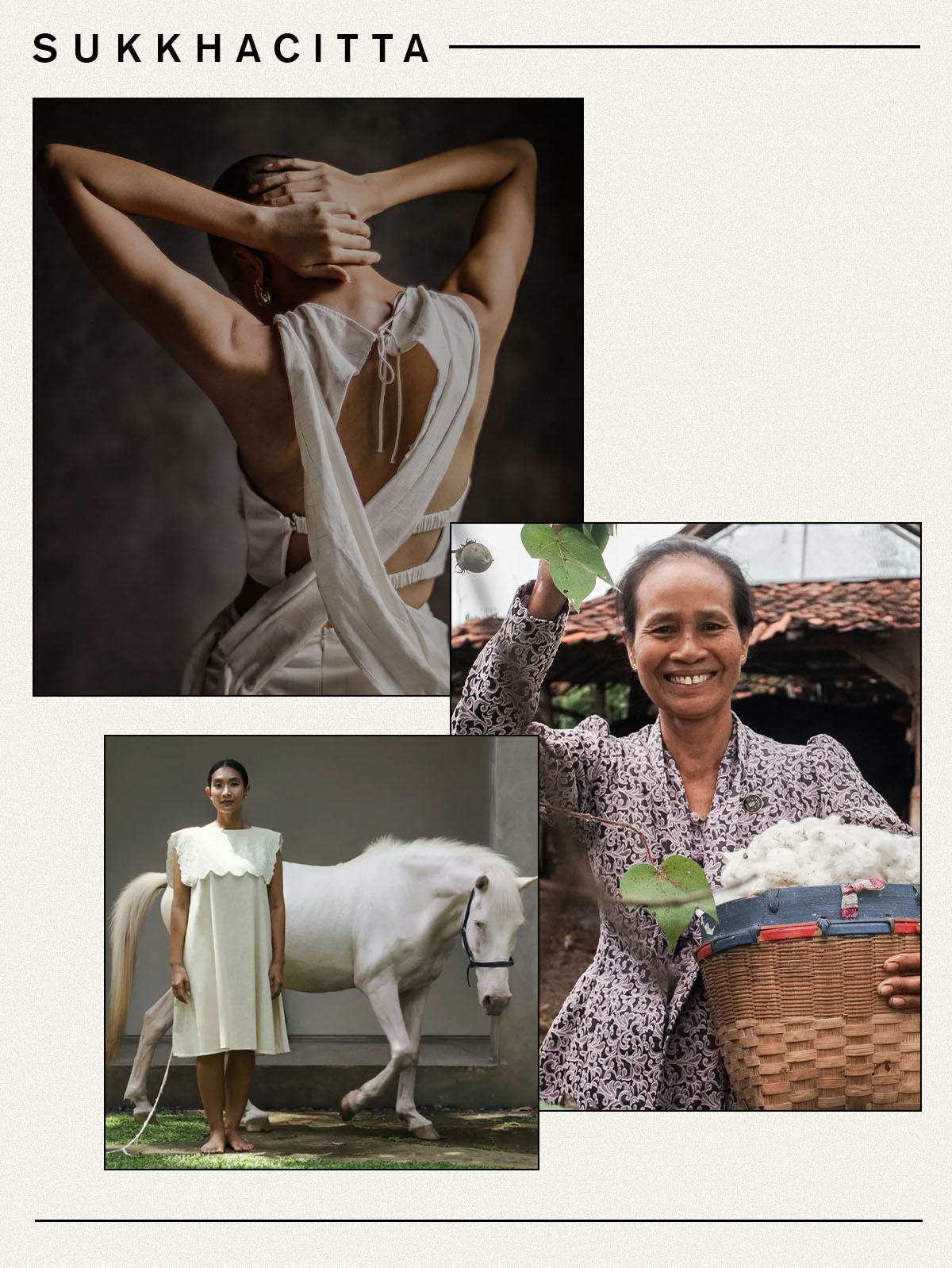
How did the idea of your business come about?
SukkhaCitta started with a simple question: What if your clothes can change lives? As a development economist, my work took me through villages across Indonesia. There, for the first time, I saw how our clothes are made by women, making fabrics with their hands. It was beautiful, yet I couldn't help but see their struggle. Without any access, most of them are trapped in poverty, unable to earn enough to care for their families. In fact, this is the reality of 98% of women who make our clothes. That was the moment I realized that behind what we wear are all these women who are kept small by the system and whose lives are impacted by our choices. What makes things worse is the industry also uses toxic dyes. Without us realizing, our colorful clothes are the second largest polluter of clean water, turning rivers the color of what's currently in season. This is the true cost of our clothes.
I started SukkhaCitta to connect consumers from all around the world with the full story of how and why something was made. We work with marginalized women in the global fashion industry who work in villages, connecting them with access to education, design, quality management, and natural dyeing. We have created a fully traceable farm-to-closet ecosystem, where you know exactly who made your clothes and what the impact is. … Through a simple choice of what we wear, we can change the lives of women while being part of the climate solution.

Can you share more about how your craft schools, fair wage standards, and sustainability efforts create ripples of impact that will create long-term change?
When you purchase a SukkhaCitta piece, the first thing you realize is that there are real lives impacted through your choice. The power of this idea is vast. You are not giving them aid; you are giving them a chance to earn a wage that allows them to support their families. The reason this is significant is that it allows these women to keep the one thing that is so often taken away from them: pride. When someone appreciates your work and you are able to make a living from it, your pride remains intact.
During one of our last field trips, I was surprised to see pieces of paper on the wall. Apparently, the women were brainstorming how they can improve the education of the children in their village through scholarships. I nearly broke into tears. I think this is the essence of empowerment—when they feel like they can change their own lives and are taking active steps to be agents of change in their own communities.
Do you get to hear stories or feedback from the Indonesian artisans you work with about how SukkhaCitta has impacted their lives?
Definitely, this really is the most fulfilling part of my job! This is Ibu Tur's story, one of our very first artisans who went from an apprentice in our craft school (Rumah SukkhaCitta) to completing her master artisan certification to now teaching the young generation to sustain our Indigenous crafts.
Do you have any advice for would-be social-impact entrepreneurs? Would you recommend pursuing grants like the CWI?
Believe in yourself. Along the journey, you will encounter so many who will laugh at your dreams, especially when you're trying to do something that was never done before [and] taking the path less taken, for when you pursue your purpose, you give permission to others to do the same.
My experience with the CWI has been nothing short of transformative, so I would definitely encourage everyone to apply! The fellowship taught me what I needed to scale our impact to the next level. And the community is so powerful. I feel so at home with these trailblazing women who are asking, "Why not?"
Being here today as one of the CWI fellows, I cannot help but to think of all the women who made this award possible. From the Ibus in villages across Indonesia, who led me to my life's purpose, to our customers, team members, and advocates all around the world.
In Indonesian, there is a term called "gotong royong." It means working together to achieve something greater than what we individually can do. This recognition is proof that when one woman stands up for what she believes in, she can change the world.
What's your dream for SukkhaCitta?
My dream is to spark a movement that inspires communities to reconnect and to find ways to not only do less harm but to create positive impact.
Last year, we took it one step further by being the first certified B Corporation voted Best for the World in Indonesia and the first brand in the world to be certified Ethically Handcrafted by Nest. It's a huge deal in an industry plagued with exploitation and pollution, especially for women in the informal sector. In the next five years, you can expect us to do exactly what we've done so far: finding more problems and even better solutions and [giving] more than we take.
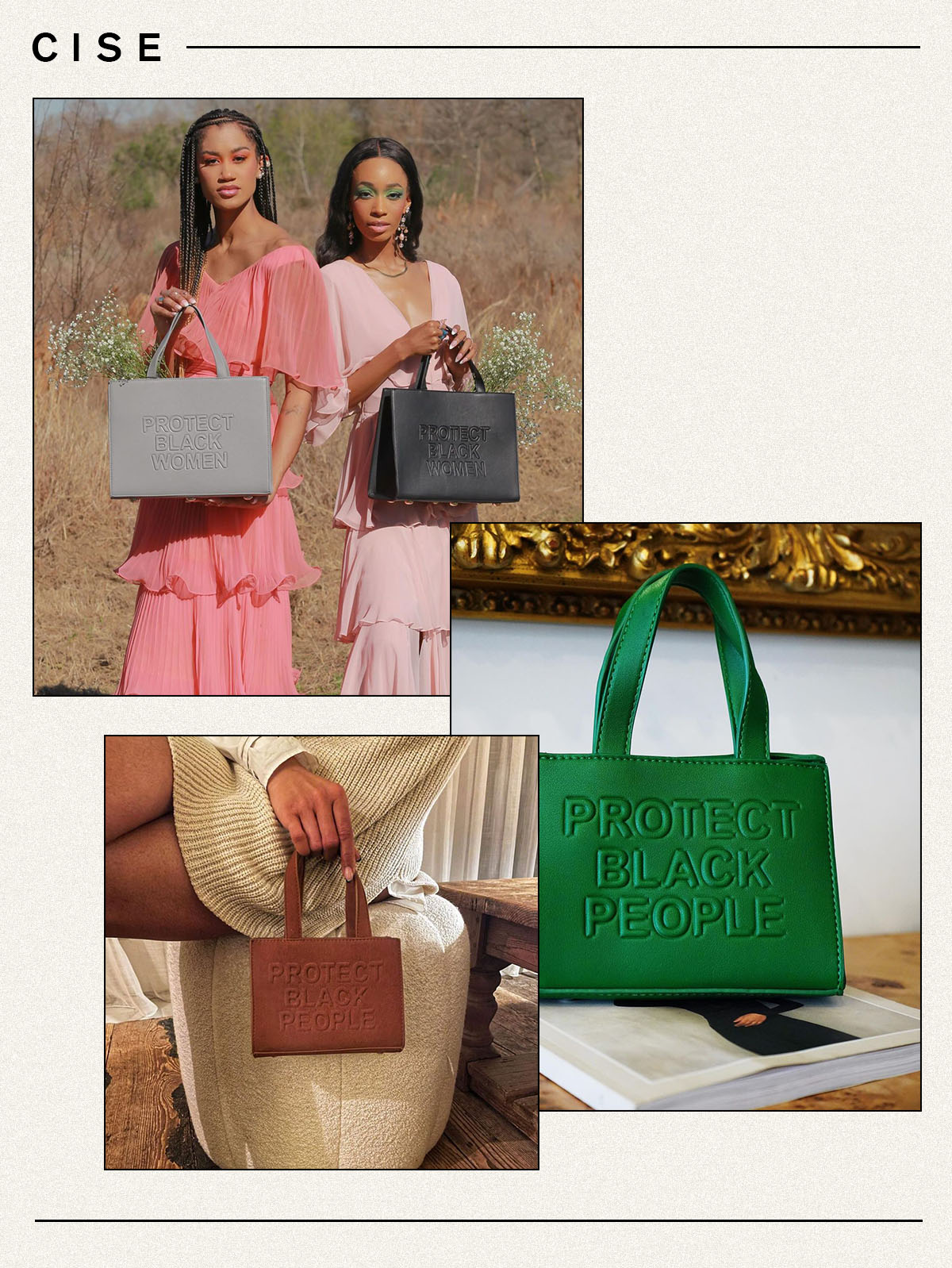
Your business evolved in the wake of George Floyd's murder. Can you share how that moment inspired a movement for Cise?
The murder of George Floyd was a profound moment that deeply impacted me and served as a catalyst for the transformation of Cise. Growing up, my family instilled in me the belief that there are countless ways to make a difference and have a positive impact on the world. Initially, I focused on helping those within my immediate network and supporting organizations that I was familiar with.
However, George Floyd's tragic death shook me to the core and made me realize that there were systemic issues far beyond my own sphere of influence that needed to be addressed. It was a wake-up call that compelled me to reassess my contributions and reevaluate how I could truly make a meaningful difference.
In that introspective process, I reflected on my core intentions and the broader goals I had set for myself. I recognized the need to expand my efforts and create a platform that not only supported the causes I cared about but also exemplified different ways to give back and uplift the Black community.
To begin this journey, I started with product development, collaborating with small businesses to offer unique and impactful solutions. As I witnessed the positive reception and impact of these collaborations, I saw the potential to extend my reach further. This led me to create clothing items for customers, with the proceeds being donated to organizations and initiatives focused on social justice and racial equality.
The experience of building this company inspired by George Floyd's murder has been transformative. It has shaped Cise into an organization that not only aims to drive change but also strives to amplify voices, support the Black community, and encourage others to take action.

Tell us more about Cise's sustainability efforts.
Cise is deeply committed to sustainability, and we have implemented various efforts to minimize our environmental impact and promote responsible practices throughout our supply chain. One key aspect of our sustainability efforts lies in the materials we use, such as utilizing recycled materials and exploring different fabric options that have a lower environmental impact. Additionally, we have taken steps to minimize waste in our operations. We have streamlined our packaging and labeling processes to eliminate unnecessary products that would contribute to landfill waste.
Supply-chain transparency and responsible manufacturing are crucial to us. We establish personal relationships with our manufacturers to align them with our sustainability goals. Even during challenging times, such as the impact of COVID-19, we prioritize fair pricing and employee well-being without compromising our commitment to sustainability. When customers return items, we carefully assess their condition to determine the most appropriate course of action. If a product is still sellable but lacks its original packaging, we explore opportunities to repurpose it by collaborating with local artists, organizations, or other companies to breathe new life into these items, ensuring that they continue to serve a purpose.
We're proud to have featured Cise on Who What Wear previously. How can the press show up more for mission-driven brands?
The press can show up more for mission-driven brands like Cise by engaging in inclusive storytelling by featuring a diverse range of brands and their impactful stories. Deep-dive features should go beyond surface-level coverage to provide a comprehensive understanding of Cise's mission and impact. Collaboration and partnerships with Cise can be fostered through joint campaigns, interviews, and panel discussions, as we are excited to be part of this journey. Highlighting Cise's success story and sharing case studies can inspire others to pursue mission-driven initiatives, and by providing ongoing support and coverage, the press can sustain the visibility of Cise and its progress. Collaborative reporting and investigative journalism can shed light on systemic issues that Cise aims to address, advocating for change together. Through these efforts, the press can play a vital role in amplifying Cise's voice and driving positive impact in the fashion industry.
This year, the Cartier Women's Initiative has added an award that is open to all genders. Can you share why you think this is an important step for the program?
As a member of the Cartier Women's Initiative community and a recipient of the first-place award, I am particularly grateful for the program's commitment to diversity, equity, and inclusion (DE&I). The inclusion of an award open to all genders marks an important step toward creating a more inclusive entrepreneurial environment. I am honored and humbled to have been recognized and supported by the Cartier Women's Initiative, and winning first place further highlights the program's dedication to fostering diverse talent and driving positive change. This experience has reinforced the value of DE&I in entrepreneurship and serves as a powerful example for other initiatives, empowering individuals from all backgrounds to pursue their entrepreneurial aspirations.
What's your vision for the future of Cise?
Our vision for the future of Cise is to evolve into a leading mission-driven fashion brand and establish ourselves as a household name in the luxury space. Our focus will be on expanding our product offerings, with a strong emphasis on our mission and incorporating alternative materials and production methods. We aim to become a platform for collaboration and empowerment, working alongside local artists, artisans, and community organizations. Through all of these efforts, we aspire to inspire positive change in the fashion industry, demonstrating that style and sustainability can coexist harmoniously.
Moving forward, we are committed to the continuous evolution of our mission. We seek innovative ways to contribute to a more equitable society, remain steadfast in our support for underrepresented communities, and advocate for social justice. The tragic event of George Floyd's murder served as a catalyst for our movement, propelling us to take bolder steps toward a more inclusive and just world.
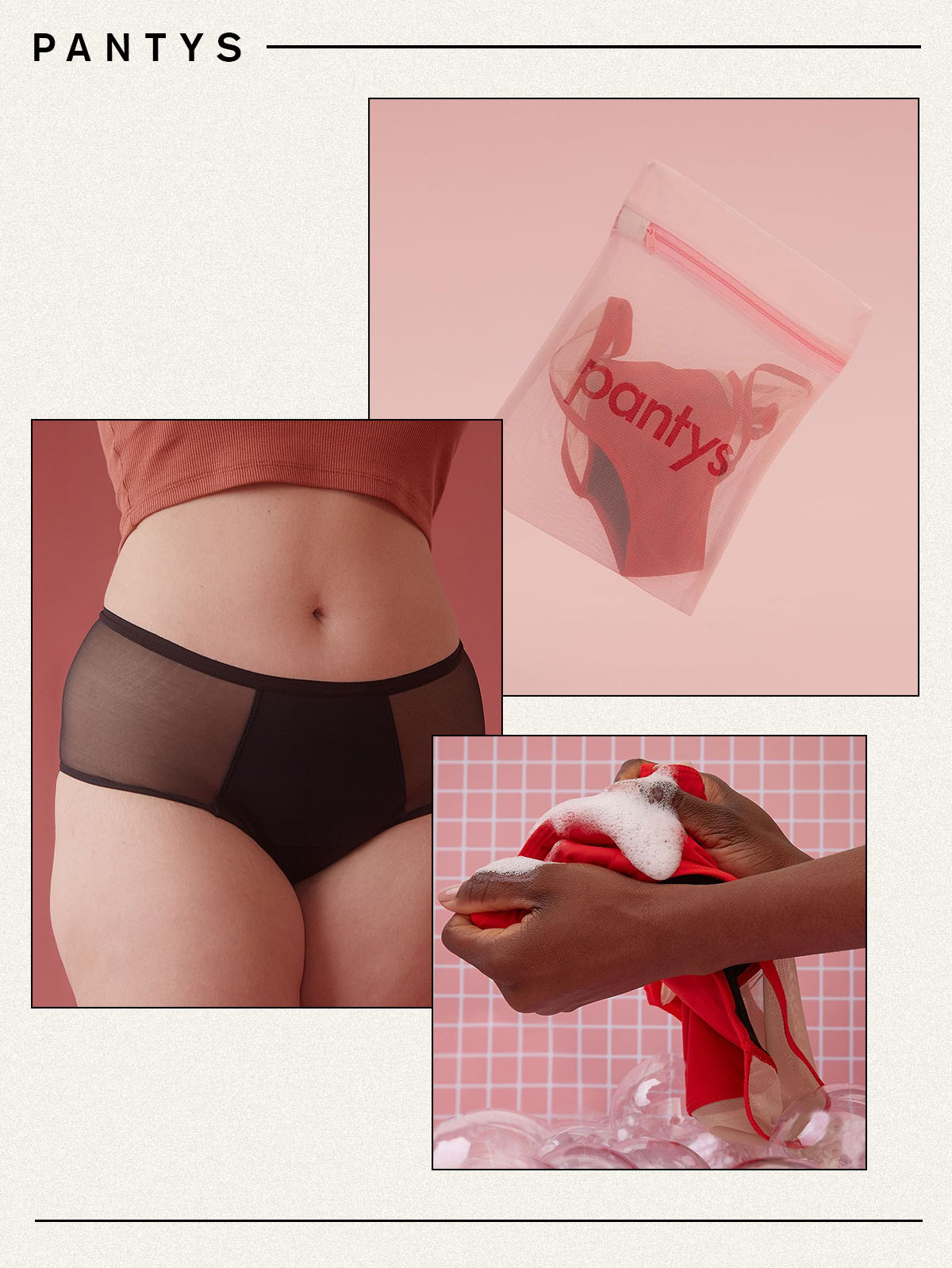
How did you start Pantys?
We launched Pantys in 2017, and at that time, there were menstrual underwear brands in other markets, mostly focused on leakproof solutions in markets where the dominant preference for menstrual use is tampons, like the U.S., Australia, and parts of Europe.
One big insight that we had in Latin America and Brazil specifically is that 90% of the market uses external pads or disposable pads, which is a huge number. Pads are the least comfortable and most wasteful solution for menstruation. It really inspired us to develop a liner technology that was much more absorbent—that wouldn't just be used as a backup to avoid leaks but would actually replace disposable pads.
We launched products that were much more absorbent but also comfortable and aesthetically beautiful. In Latin America, people really like having nice lingerie, and we knew that we couldn't just launch a brand that was focused on a functional solution. It had to be cool, and it had to be desirable to inspire that big change and shift, especially because a lot of consumers are concerned around functionality and hygiene.
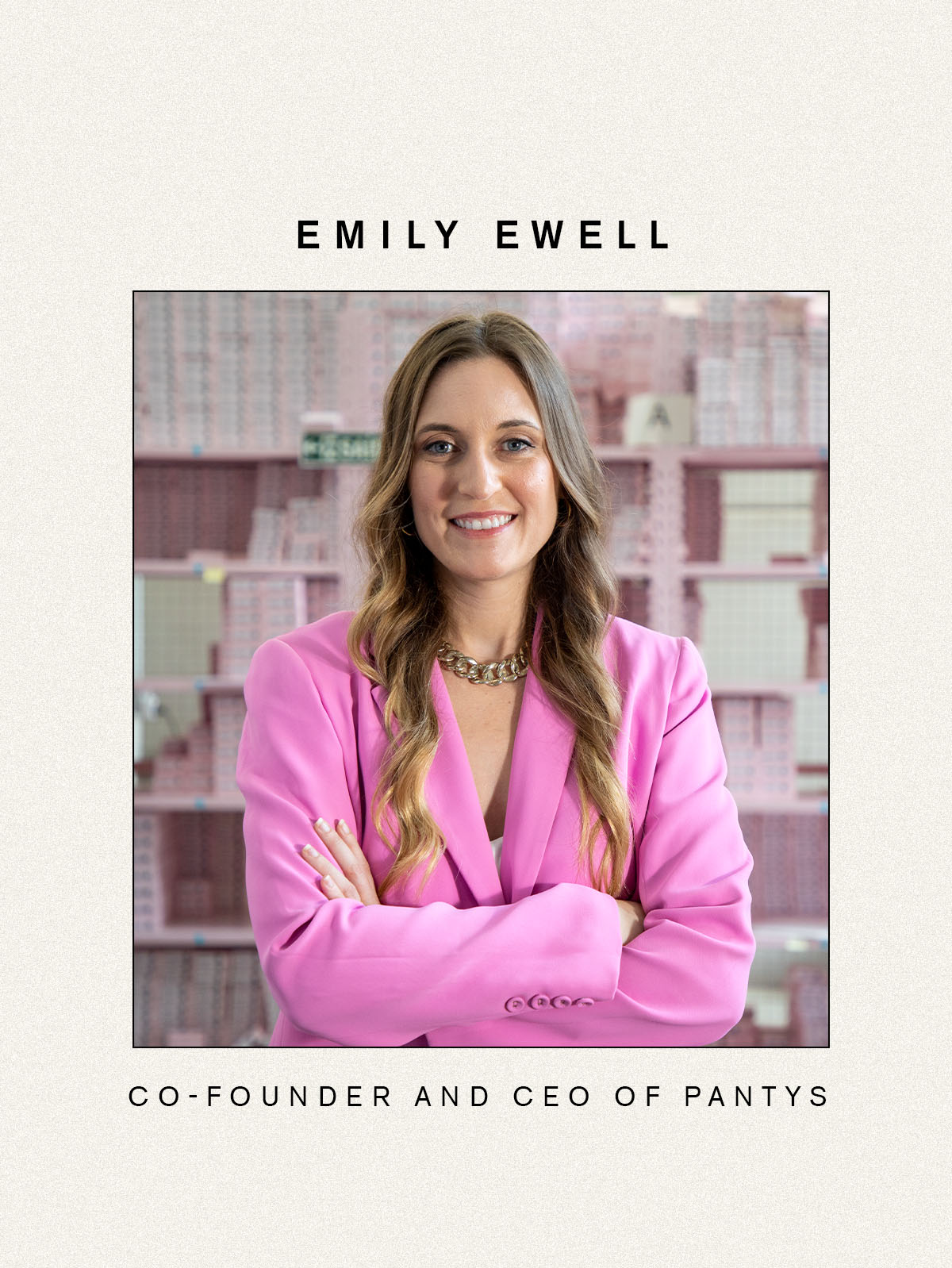
What do you wish people knew about leakproof underwear in general and Pantys specifically?
I think for us the biggest challenge has always been that psychological barrier of switching menstrual products. Most of our first-time customers are purchasing because they want a solution that's more sustainable, and they want to stop using disposable products. But then they come back, and they purchase because the products are much more comfortable. They're seeing a huge quality-of-life difference in terms of how they relate to their bodies and menstrual cycle. It feels much more natural. They see that menstruation isn't dirty or waste from the body—it's a pure fluid.
As menstrual underwear, you have to wash it, so you're even physically more in contact with your cycle. I think that has a huge emotional impact on our customers and helps normalize something that is very natural but for decades has been portrayed as something that is not normal, dirty, or even medical, as we saw with the blue liquid that we grew up watching on commercials.
How does Pantys differentiate itself from other leakproof-underwear brands?
I think we really focus on being best in class both in terms of health and sustainability. On the healthcare side, we are the first and only clinically approved menstrual underwear in the world. Today, menstrual underwear in every country is regulated as a paro-product, which doesn't have much regulation in terms of production and commercialization in the market.
We went through the same processes of clinical studies that any pad or tampon or FDA-approved medical product would have to go through to meet the same level of standards. We did not only safety and functionality tests but also quality-of-life tests. We did those both in vivo and in vitro, so in lab settings but also with human trial participants. For example, 73% of our users say they forget they're on their period when they use our product, which is a huge quality-of-life impact. We saw a 100% reduction in self-disturbance. We saw reported increases in levels of productivity, comfort, and sense of hygiene. It's really exciting to see people make that switch and see the impact of that product in numbers.
I also think that because we have launched in a number of very fashionable retailers in Brazil, we have over 3000 points of sale there. But in Europe, we have a really broad portfolio of products that are really desirable and a brand that is desirable as well. For example, we launched the first leakproof nursing bra in the world. After underwear, we launched a teen line; a pharmacy line that is at a less expensive price point but uses the same technology; a maternity line with our leakproof, absorbent nursing bras; a fitness line; a swimwear line; [and] boxers for trans men who menstruate.
We have this philosophy that co-creating with our community helps us to focus so that we're not innovating just to innovate. … We're innovating to really help solve a market need, and we're understanding those unmet needs in the market. As a natively digital brand, even if it's less than 1% of the market, if we're solving a real problem for them, we really focus on driving that quality-of-life difference and driving that value even if it's a niche consumer. So we are really dedicated to innovating with a focus on inclusivity, and that has enabled us to create an interesting and diverse portfolio that has also been a big differentiator for us.
How has being part of the Cartier Women's Initiative impacted your business?
The Cartier Women's Initiative program is so well structured, and there are so many different components to it, from the mentorship to award week to community with other fellows. For me, all of those have been incredibly valuable for the business and for me personally as a professional and for our team. I'm an engineer, and I've always been focused on building amazing product and experience and communication, but I'm not a natural salesperson, so it's been fun to work on building that muscle and better understanding the strategy behind sales. It was nice to have the resources from CWI to empower our team and engage them in our experience as well. We have really just started our journey with CWI, and I look forward to staying an active part of the community going forward.
What's next for Pantys?
We're always innovating on a number of different fronts. We have new lines of products that we're launching this year, which we're really excited about. In terms of commercial strategy, we're very focused on growing our digital and e-commerce sales. We also have new channels and partnerships that we will be launching in a few markets over the next few months, more on the B2B front, which is exciting.
On the social- and environmental-impact front, we will be launching a platform that allows us to accept donations from companies and individuals to help donate reusable products to end menstrual poverty. We have a three-pillar approach for our projects focused on menstrual poverty: products, education, and policy. If you donate a pad, you give access for one month, but if you donate a reusable product, you give access for years. Right now, we have over 5000 girls and women on wait lists to receive products. While we are already donating part of our sales to help (we have donated more than $1 million in menstrual products), we wanted to find a way to accelerate that, so we're looking forward to doing that with this new platform. I also have a masters in public health, which has shaped a lot of our approach to take a stakeholder view of the market and recognize that as a multi-billion-dollar industry, it's also a human right. CWI has been a big highlight for us so far, and we're just thrilled that they will be together with us on this journey and help improve our impact.
Next up, check out our interview with one of last year's awardees.
Kat Collings has over 15 years of experience in the editorial fashion space, largely in digital publishing. She currently leads the vision for editorial content at WhoWhatWear.com as the site's editor in chief, having risen through the editorial ranks after joining the company in 2012. Collings is a Digiday Future Leader Awards nominee, was named Buzzfeed's best fashion Instagram accounts of the year, and is a member of the CFDA Awards Fashion Guild. Prior to Who What Wear, Collings worked on styling projects for brands such as Vogue, Teen Vogue, Lucky, and Oliver Peoples. She graduated from UCLA with a BA in communications and calls Los Angeles home.
-
 In a Stunning Turn of Events, Amal Clooney Just Made the 2000s High-Low Dress Trend Look Chic Again
In a Stunning Turn of Events, Amal Clooney Just Made the 2000s High-Low Dress Trend Look Chic AgainI'm serious.
-
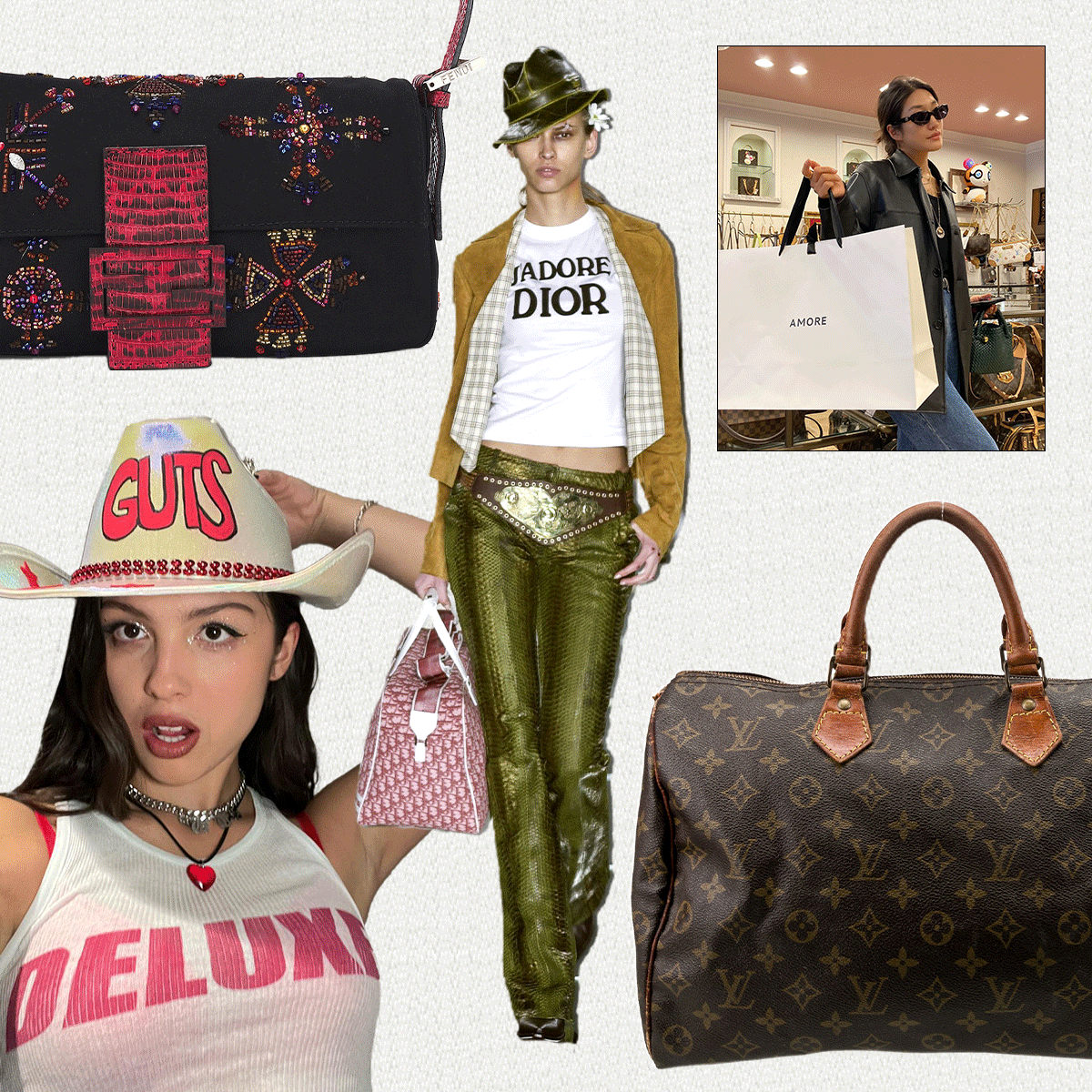 Save the Earth, But Make It Fashion: Gen Z's Secondhand Shopping, Explained
Save the Earth, But Make It Fashion: Gen Z's Secondhand Shopping, ExplainedRead our full secondhand report.
-
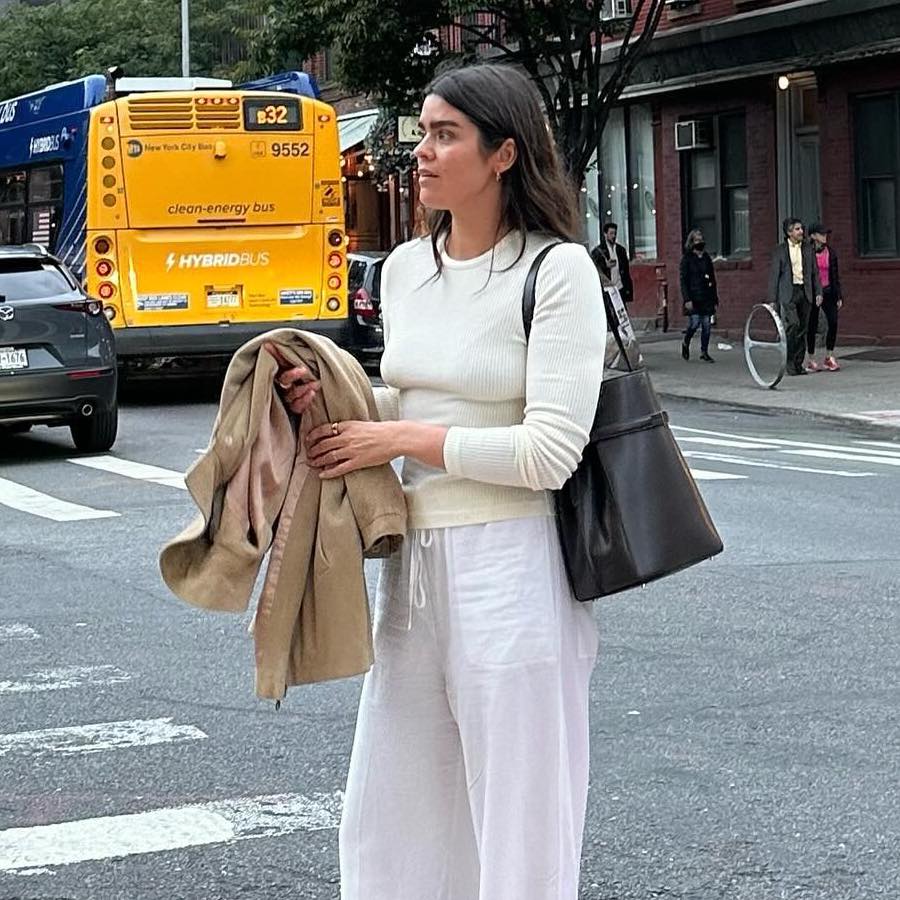 35 Incredibly Chic Luxury Finds I Would Immediately Buy If My Salary Tripled Tomorrow
35 Incredibly Chic Luxury Finds I Would Immediately Buy If My Salary Tripled TomorrowA girl can dream, right?
-
 Lily Collins's Emily in Paris Press Tour Looks Are 100% French-Girl Coded
Lily Collins's Emily in Paris Press Tour Looks Are 100% French-Girl CodedShe even wore a sequin beret.
-
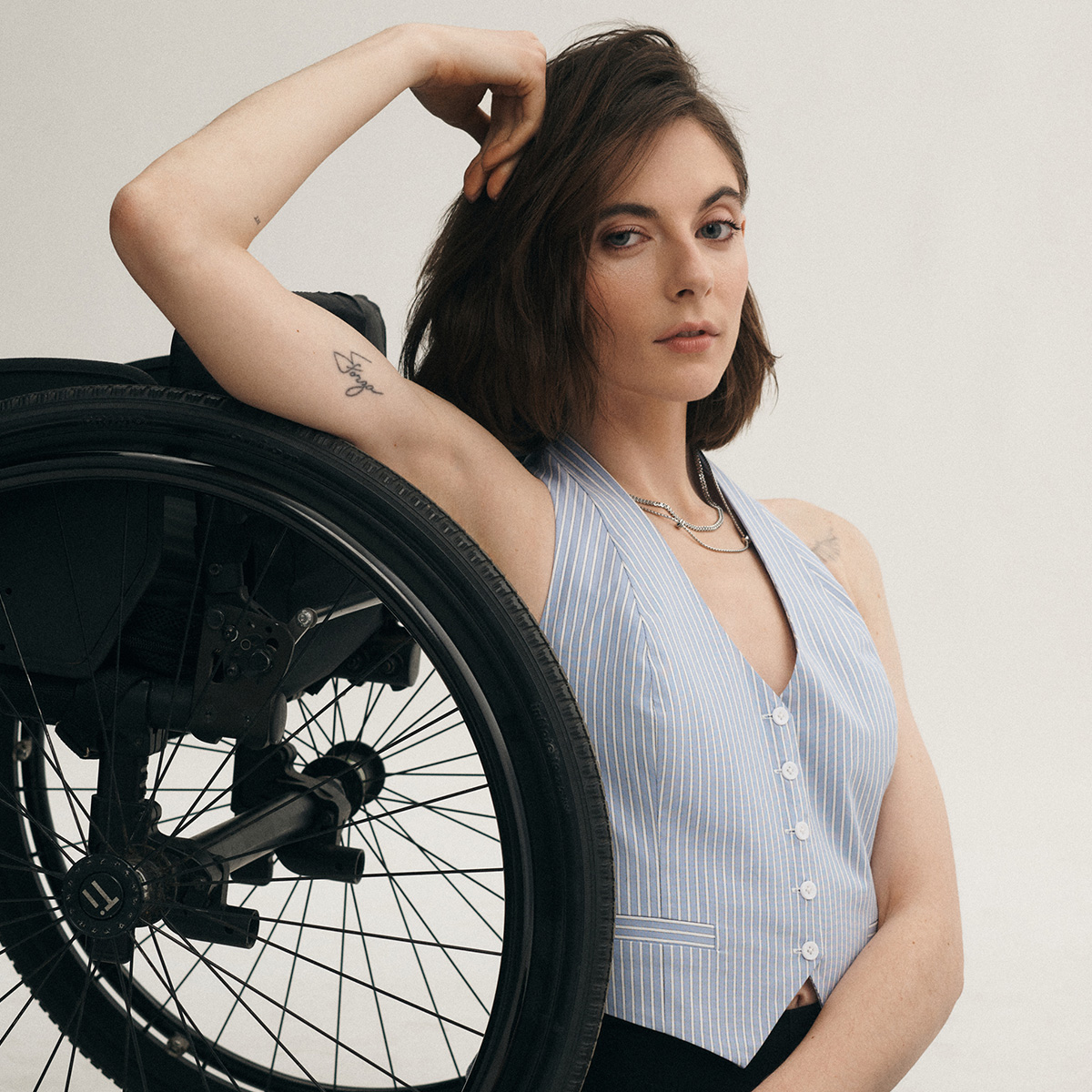 From Skims to Anthro: 9 Brands You Might Not Know Make Adaptive Clothing
From Skims to Anthro: 9 Brands You Might Not Know Make Adaptive ClothingNow you do.
-
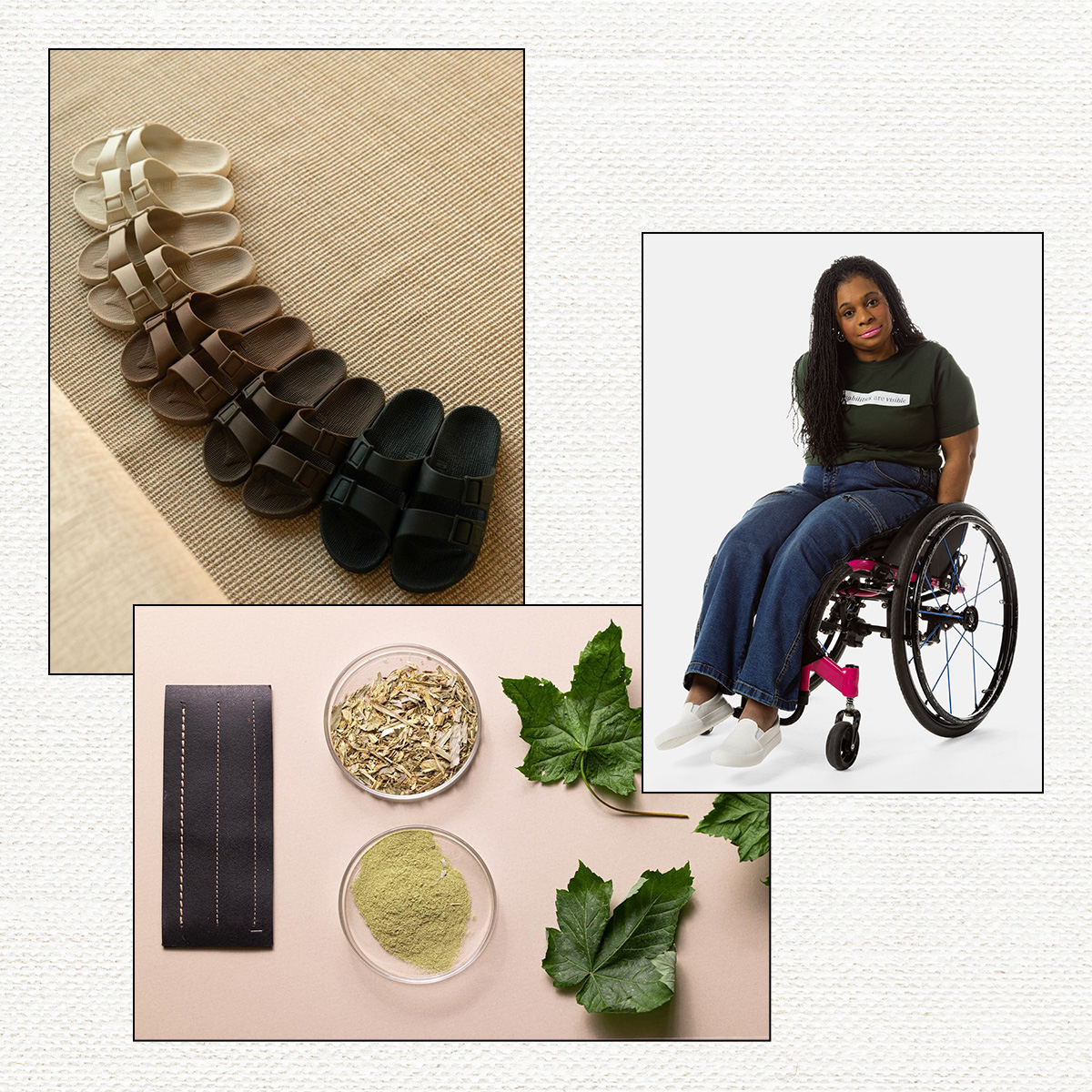 Cartier Is Empowering These Changemaking Fashion Entrepreneurs
Cartier Is Empowering These Changemaking Fashion Entrepreneurs -
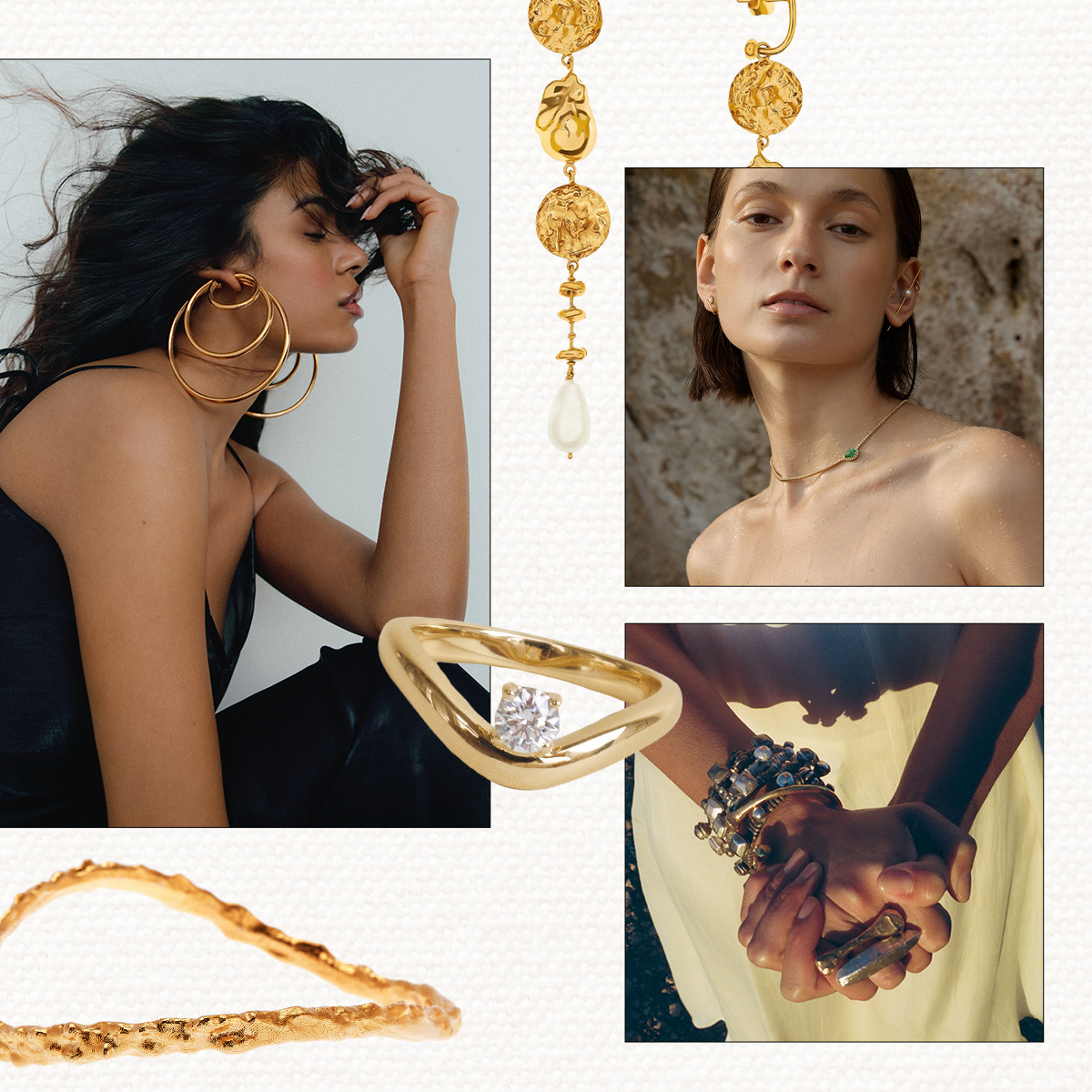 8 Jewelry Founders Honoring Their Heritage One Heirloom at a Time
8 Jewelry Founders Honoring Their Heritage One Heirloom at a Timeasian-founded jewelry brands Calling all collectors.
-
 Reformation Finally Launched Swimwear, and the Collection Is Pure Elegance
Reformation Finally Launched Swimwear, and the Collection Is Pure Elegance*Orders every suit.*
